
Thomas Alexander Tefft was an American architect, from Providence, Rhode Island. Tefft, one of the nation's first professionally trained architects, is considered a master of Rundbogenstil and a leading American proponent of its use. Prior to his untimely death, Tefft "offered the most advanced designs of [his] day in America"

Russell Warren (1783–1860) was an American architect, best known for his work in the Greek Revival style. He practiced in Bristol and Providence.

Stone, Carpenter & Willson was a Providence, Rhode Island based architectural firm in the late 19th and early 20th Centuries. It was named for the partners Alfred Stone (1834–1908), Charles E. Carpenter (1845–1923). and Edmund R. Willson (1856–1906). The firm was one of the state's most prominent.

The Pawtucket Congregational Church is an historic church building at 40 and 56 Walcott Street, at the junction of Broadway and Walcott St., in the Quality Hill neighborhood of Pawtucket, Rhode Island.

Caleb Ormsbee (1752-1807) was an American master builder and architect of Providence, Rhode Island. Two of his buildings have been designated United States National Historic Landmarks.
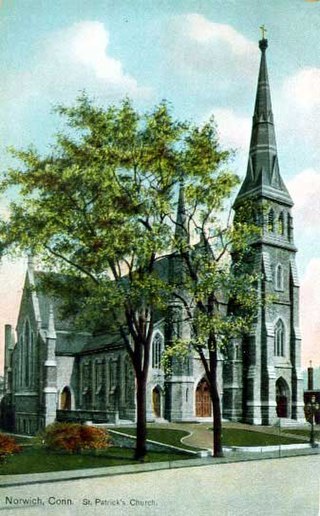
James Murphy, FAIA, (1834–1907) was an Irish-American architect active in late-nineteenth- and early twentieth-century New England, who designed numerous Roman Catholic churches and related structures.

Clifton A. Hall (1826-1913) was an American architect from Providence, Rhode Island.
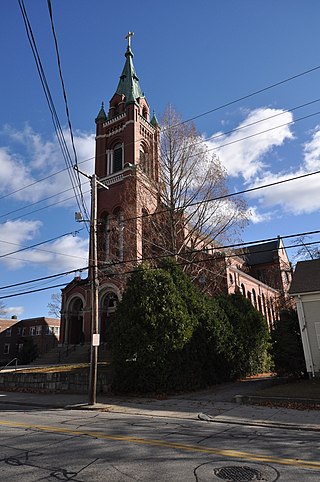
Walter F. Fontaine was an American architect of French Heritage from Woonsocket, Rhode Island.

Alfred Stone was an American Architect. He was a founding partner of the Providence, Rhode Island, firm of Stone, Carpenter & Willson. Mr. Stone was best known for designing many prominent Rhode Island buildings, including the Providence Public Library, Union Station, buildings at Brown University and the University of Rhode Island, and many private homes.

William R. Walker & Son was an American architectural firm in Providence, Rhode Island, active during the years 1881 to 1936. It included partners William Russell Walker (1830–1905), William Howard Walker (1856–1922) and later William Russell Walker II (1884–1936).

Alpheus C. Morse (1818-1893) was an American architect with offices in Providence, Rhode Island.
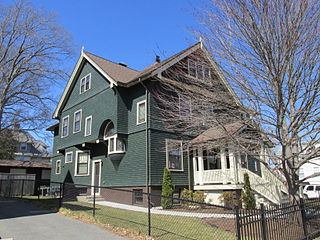
Albert Hadfield Humes (1867–1947) was an American architect working in Central Falls and Pawtucket, Rhode Island. He was known locally as a designer of private residences and schools.
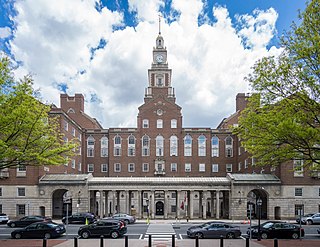
Jackson, Robertson & Adams was an architectural firm out of Providence, Rhode Island. Established in 1912, it was originally made up of architects F. Ellis Jackson (1879–1950), Wayland T. Robertson (1873–1935), and J. Howard Adams (1876–1924).
Howard Hoppin was an American architect from Providence, Rhode Island.

James C. Bucklin (1801-1890) was an American architect working in Providence, Rhode Island.

Charles P. Hartshorn was an American architect practicing in Providence, Rhode Island. He was a popular designer there in the decade immediately following the Civil War.

Franklin J. Sawtelle (1846–1911) was an American architect practicing in Providence, Rhode Island. He was known primarily as a designer of private residences.

Clarke & Howe was an American architectural firm from Providence, Rhode Island that was active from 1893 to 1928.
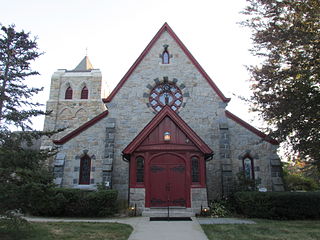
Edwin L. Howland (1838–1876) was an American architect from Rhode Island who, despite his short career, designed several of Providence's most significant buildings of the 1860s and 1870s.

William R. Walker was an American architect from Providence, Rhode Island, who was later the senior partner of William R. Walker & Son.
































